

Discover more from Back Row
The Potential of a 'Devil Wears Prada' Sequel
I know, I know — movie IP = eye roll. But hear me out.
Business of Fashion recently asked me to contribute an opinion piece about the potential of a Devil Wears Prada sequel. Quite often, IP in the entertainment industry is a big eye roll (see: Twisters), but sometimes it works spectacularly (see: Inside Out 2). As I thought through all that could be done with a Devil Wears Prada update, I realized there is actually a lot of potential in the idea, if the team can tap into the humor of the changing media landscape, the way shows like The Other Two did so smartly. Ahead, an expanded version of my BoF essay.
In 2006, the September issue of Vogue contained 625.4 pages of ads. Advertising pastures were so lush at parent company Condé Nast that it was sending out a special issue of “Fashion Rocks” as an “onsert” — the extinct term for a print publication that attaches to another magazine — with many of its titles.
Also that year, Editor-in-Chief Anna Wintour went from industry personality to household name, thanks to The Devil Wears Prada. The film was based on the book of the same name by her former assistant, Lauren Weisberger, who (despite publicly denying it) based it on her experiences assisting Anna.
In those days, regarding assistants as disposable was an acceptable industry norm. The gulf between them and titans like Anna was so vast that, as I reported in ANNA: The Biography, Anna didn’t even remember who Weisberger was when she learned of the book coming out. Contrary to popular industry belief to this day, Anna didn’t give a fig about the book or movie. She even attended a screening of the film in New York wearing Prada, and cracked jokes with friends about it once it ended.
The movie became a phenomenon, enthusiasm for it hardly dying down since its premiere eighteen years ago. TikTokers become famous by simply lipreading Miranda Priestly’s lines. It has been memed to death on the internet: you can count on the line “Florals? For Spring? Groundbreaking” circulating each year once winter thaws. Wintour confabs with celebrities regularly, often escaping notice, but all she has to do is sit next to Anne Hathaway at a fashion show or appear in a YouTube video with Meryl Streep to generate dozens of Devil Wears Prada-related headlines. It’s also becoming a musical, starring Vanessa Williams as Miranda, premiering later this year in London.
Recently, the internet broke a little bit when Puck reported that Disney is developing a sequel to the iconic film that just might get the band back together, including screenwriter Aline Brosh McKenna, director David Frankel, and stars Meryl Streep, Anne Hathaway, and Emily Blunt. (Some outlets reported that the main players have not been confirmed.) The plot is said to follow Miranda Priestly as she navigates a diminishing media industry and her place in it, while chasing ad dollars from a luxury conglomerate in the vein of LVMH, where her former assistant Emily, played by Blunt, is an executive.
The lasting fervor over the movie is all the more remarkable considering just how much the media business and world have changed since 2006. But these shifts ought to give the filmmakers plenty of both comedic and emotional material to explore.
This was the magic of the original film. Though Vogue’s former creative director Grace Coddington wrote in her 2012 memoir that she found it cruel, I’d argue that it was respectful of fashion and Vogue, while finding the humor in how fashion people operate.
The filmmakers told me that they intended to honor the people who do the difficult creative work of making a beautiful fashion magazine. “There is the silliness of the way you're talking about belts and hats and hemlines,” screenwriter Aline Brosh McKenna said when I interviewed her in 2020. “In one of my first meetings [about writing the movie], I said, ‘We don't need to exaggerate it to make it funny.’” At its core, Brosh McKenna, Frankel, and their collaborators told a story about a young woman confronted with a difficult, unreasonable boss. It’s a premise that so many of us, whether we have anything to do with fashion or not, can relate to.
But the movie went deeper than depicting the absurdity that unfolds between a high-powered executive and her lowest underling. Brosh McKenna described the film to me as a critique of Miranda’s values. Andy Sachs doesn’t throw her phone in a fountain in Paris toward the end of the movie because Miranda makes her crazy – it’s because Miranda has just pointed out that she threw her co-worker under the bus the same way she was throwing her devoted Nigel under the bus. Andy throws her phone in the fountain not just because Miranda frustrates her, but “because those are not the values of how she wants to live her life. She wants to value her relationships in a different way,” Brosh McKenna explained.
If the movie goes forward (and all the excitement on the internet will probably only help with that) these filmmakers have plenty of fodder to work with to make us both laugh and feel something. The original movie documented how the staff of Runway created a monthly print product under Priestly’s terrifying leadership. Yet Condé Nast is “no longer a magazine company,” CEO Roger Lynch told Kara Swisher a little over two years ago. In 2012, Vogue boasted that the September issue with Lady Gaga on the cover weighed almost five pounds. Meanwhile at this year’s Newfronts, where publishers pitch digital offerings to advertisers, instead of talking about Vogue as a print entity, Anna Wintour pitched the Vogue World and Met Gala livestreams. She even hyped the cockroach that appeared on the red-carpet broadcast last year and became a bit of an internet joke. Mind you: this is the same woman who once rejected a Candie’s ad starring Jenny McCarthy for not being up to Vogue’s taste level. At today’s Vogue, ad pages have been replaced by impressions, and editorial meetings about which belt to choose for a fashion spread by table reads for internet live streams.
The culture of work has also changed drastically since 2006. One aspect of the original film that was very true to life was how Andy Sachs scored “the job a million girls would kill for” as Miranda’s overworked, underpaid assistant. It’s unclear what “the job a million girls would kill for” is in 2024. I’d guess a lot of young people would love to be famous podcast hosts or influencers before they’d pick getting a foot in the door the old-fashioned way as Wintour’s assistant. How many young people at any point in time craved a foot in the door of a dying industry?
In 2020, a “reckoning” swept through the media industry, with Condé Nast practically at the eye of the storm. Many editors lost their jobs. Though rumors about Anna Wintour being forced to step down for her behavior have subsided, it’s no longer widely seen as a worthwhile sacrifice to be overworked and treated poorly for the sake of adjacency to glamour at a place like Vogue. Additionally, as fashion itself becomes more corporate and safe, it’s less of the “cult of personality” business it was in the aughts. The industry’s leading figures, like Jonathan Anderson, come across as creative powerhouses, sure, but also unfailingly professional. The age of Karl Lagerfeld giving outlandish soundbites for press hits feels over.
A sequel could explore all this and a host of other topics — sustainability, resale websites, the luxury e-commerce apocalypse, generational sock wars, celebrity designers, influencers versus journalists, and more. I personally would love to know how Miranda would react behind closed doors to all of that. A titan adjusting to changing cultural norms in the digital world is just the beginning of where a sequel could go. And these themes are likely to appeal to a wide, generation-spanning audience, just like the original.
Loose Threads
If you are looking for a newsfeed that isn’t social media, check out Smashing, which is powered by AI and human recommenders with the aim of promoting stories that are specifically worth your time. I’ve been playing around with it for a few months now and consistently find interesting things to read. Come find me, if you try it out.
Sorry, but the presidential election is going to touch every part of the news from now until November. Thus: Among the “fashion” stories to come out of the Republican National Convention, attendees are wearing ear bandages in “solidarity” with Trump. “We just want him to know how much we love him,” one woman with ear dressing told the BBC.
Elsewhere at the RNC, the fashion press have been taking a look at national abortion ban-supporting VP pick J.D. Vance’s wife Usha, who recently resigned her law firm job. WWD noted that she “appears to lean towards business attire like traditional suits and sleek dresses.” Vanessa Friedman noted in the New York Times that she wears less makeup and jewelry than other Republican women. For more on J.D. Vance, check out
’s primer in .Worth and Boston Consulting Group conducted a survey of affluent Millennials to learn about their spending habits. Fifty-four percent spent on experiences in the last 12 months, while 63 percent bought luxury goods, the dominant brands being Gucci, Louis Vuitton, and Prada.
Vogue.com with the news you can use: “Shake It Off: Taylor Swift Eats Her Third Bug on Stage.”


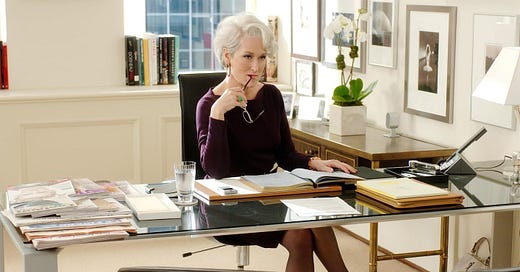



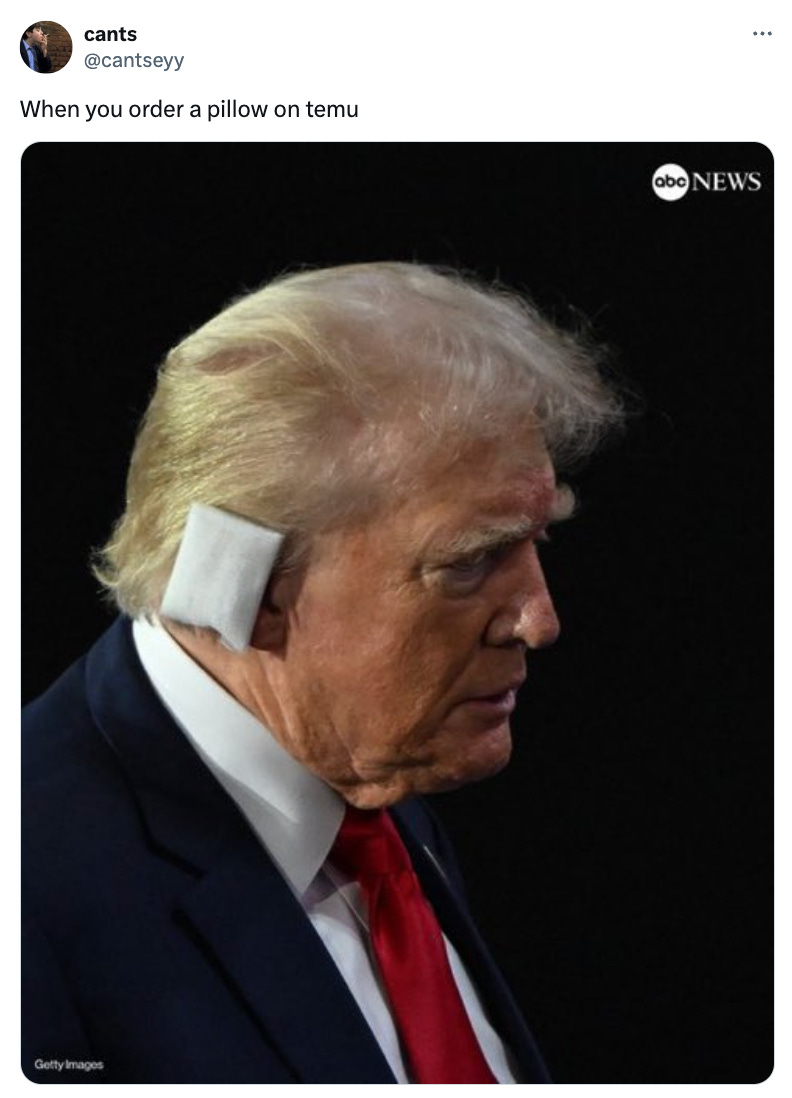

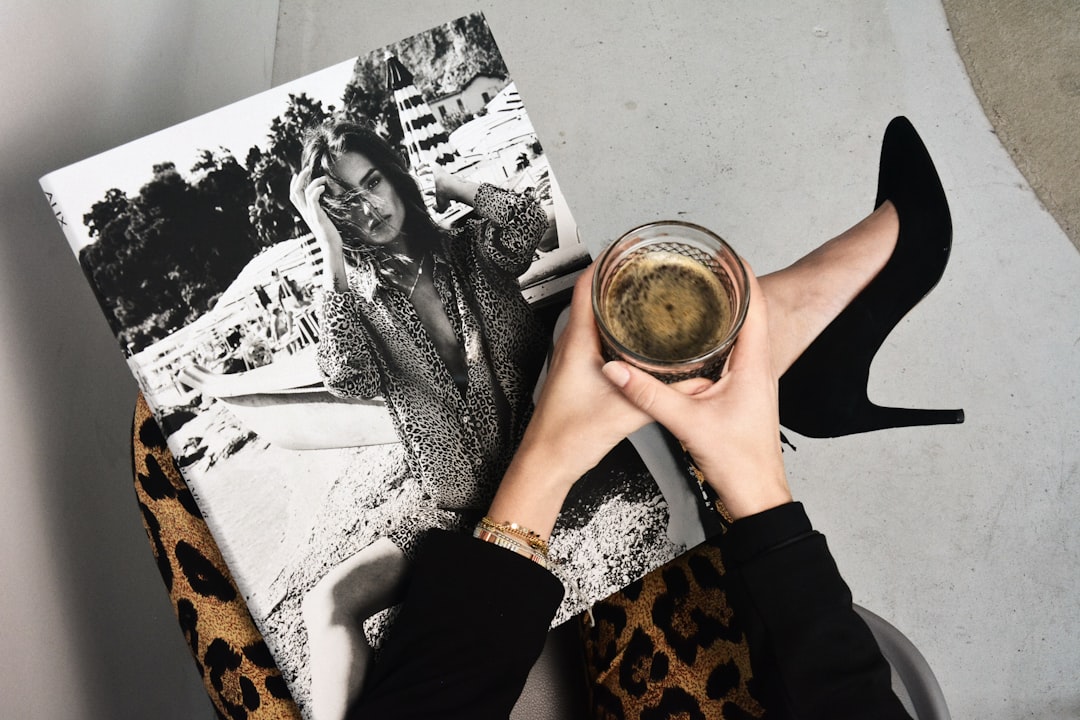
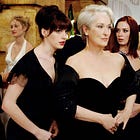





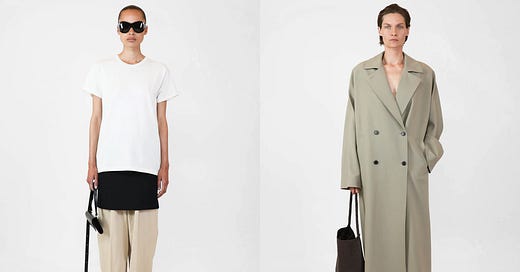

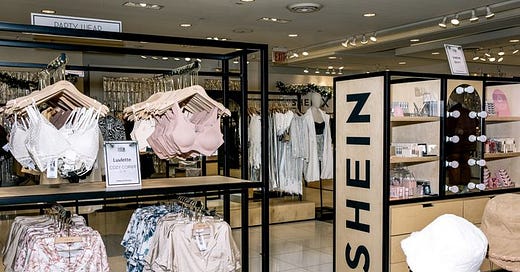

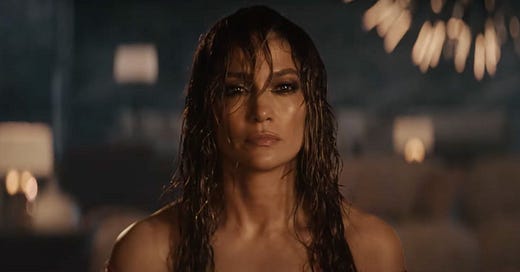

I’d be interested to hear what other people think of this: Nigel and Miranda’s relationship is not comparable to Andy and Emily’s, and idea that Andy was throwing her coworker under the bus feels off to me. Emily is very mean to her for much of the movie, and although they do strike up more of a friendship after some time, ultimately they are co-workers. If Andy’s boss wants to take her to Paris after Emily is struck by a taxi, that makes sense, even if it is, understandably, super disappointing for Emily.
What's interesting now, as Vogue has evolved, is that the magazine itself seems irrelevant. It feels more like an events company now -- almost as if they could put out a monthly digital cover and that would be fine as the extent of their content production (all anyone seems to care about in terms of print mags these days is a cover that can be passed around like a meme). To me, Vogue World really represents what the brand has become. I won't go as far as to say it was "grotesque" (as journalist Phillipe Pourhashemi did on the Style Zeitgeist podcast with Eugene Rabkin) but I do think it was the height of tackiness, and represents the LVMH-ification of everything (money, money, money / living and dying by social media / marketing over clothes). I was entertained though, in a strange way (much like watching the Met Gala) and I guess that is the whole point these days!